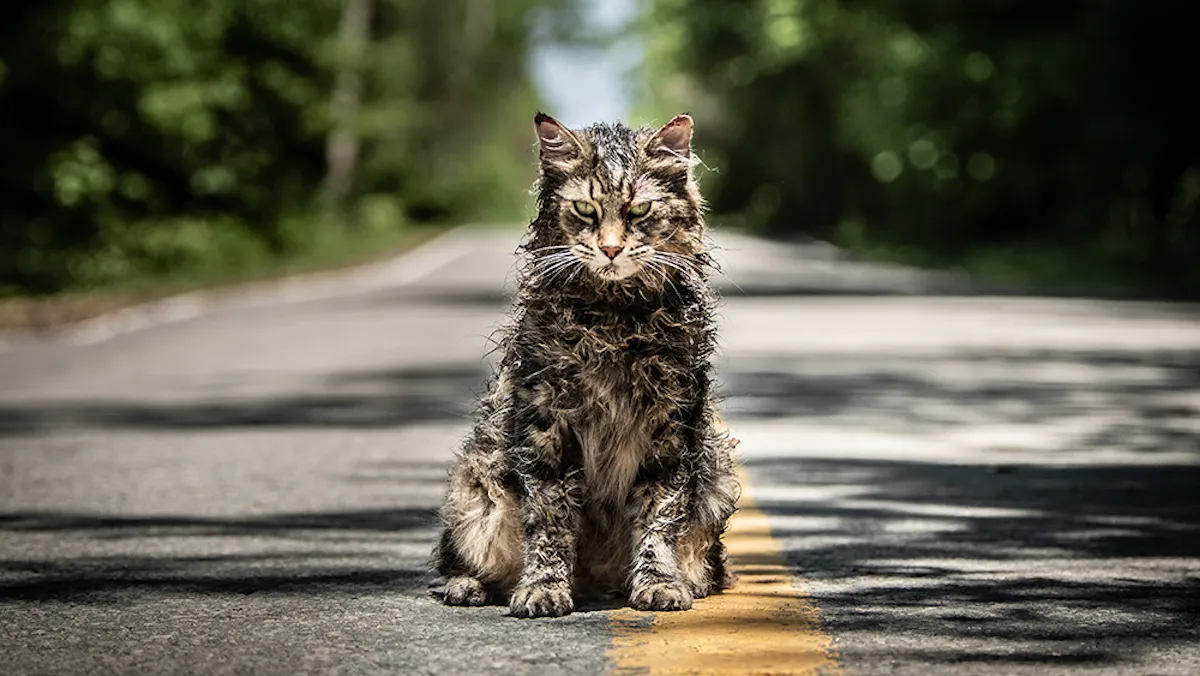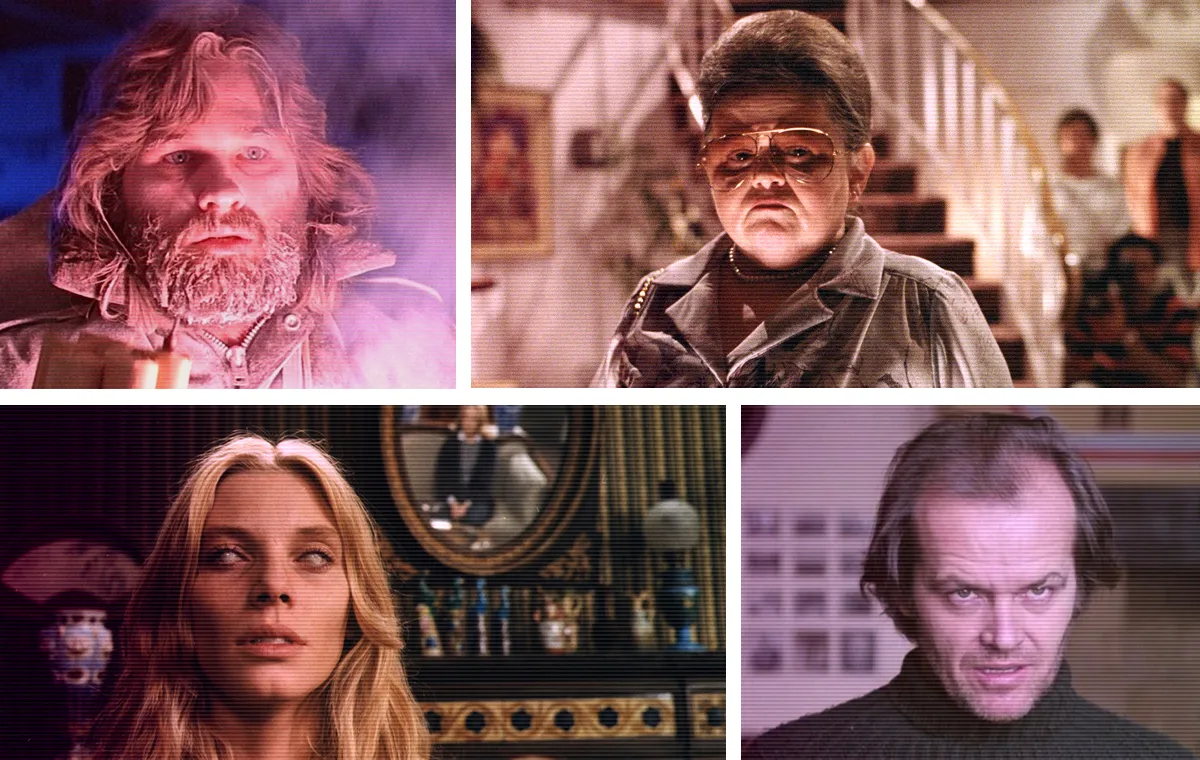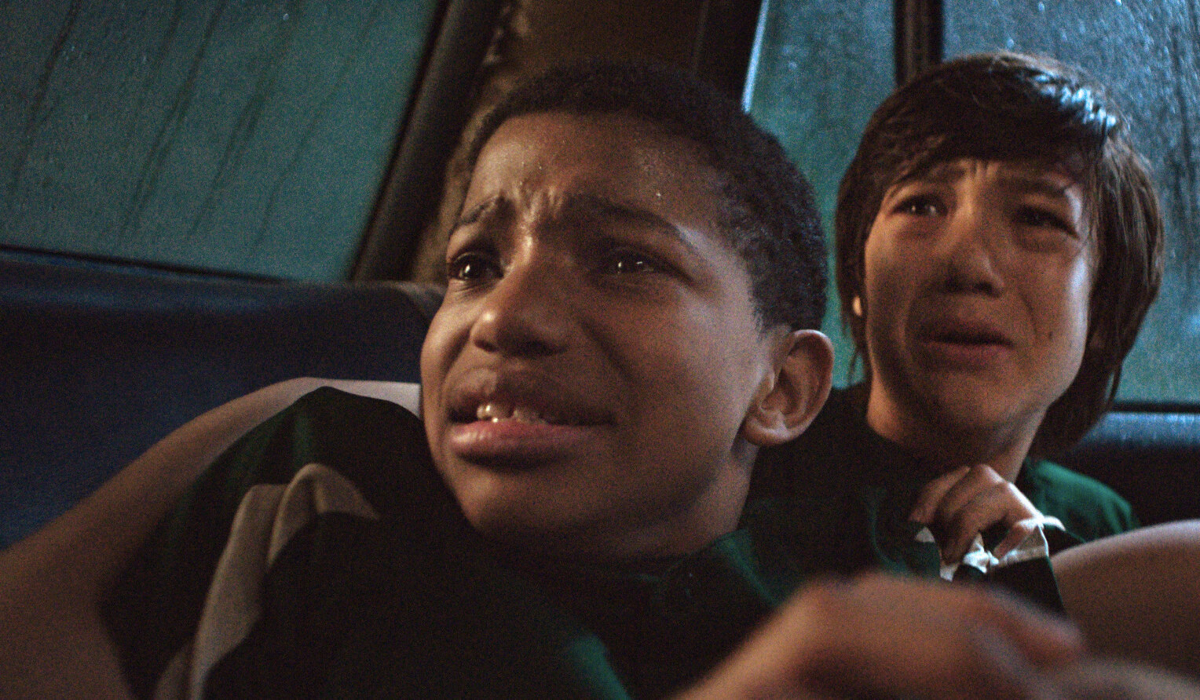Stephen King’s Pet Sematary might be his bleakest work, and that’s saying something about a guy who wrote some pretty dark stuff. Somehow, the latest film adaptation manages to be just as dark, if not darker. The tragedy of the Creed family is somewhat universal: Even if we will never resurrect a cat or child via creepy graveyard, we will all come face to face with death and grief.
The recent adaptation is also the latest in the canon of horror films that embrace a bleak ending. In horror, we like a little catharsis at the end. The final girl gets away somehow (Texas Chainsaw Massacre) or regains her agency (Scream or the recent Halloween). The monster is defeated (A Quiet Place), even if they do come back for one last scare sometimes. A lot of the time, someone makes it out, and there is some sort of hope, even if that flicker of hope gets doused in the final minutes.
However, there have always been a variety of horror films opting for bleak, hopeless endings. The monsters win, the characters die, and hope flickers out. Pet Sematary is just adding to the canon of films that will haunt you with their bleak outlook on life.
Everyone dies, and sometimes horror films refuse to look away from that scary, scary truth.
**Warning, spoilers for Pet Sematary and a variety of other films follow.**
By the end of Pet Sematary, Louis, his wife Rachel, and his daughter Ellie have all died and been resurrected in the sour ground beyond the cemetery. The film concludes with them advancing on toddler Gage, the only surviving Creed; we cut to black before Gage can join them in death and rebirth, but that’s the implication. It’s not a happy ending, though I doubt anyone expected the film to have one.
It’s not the only sad ending in horror. Drag Me to Hell sees the charming protagonist literally dragged to hell. Night of the Living Dead sees Ben survive zombies only to be killed by a white guy with a gun. The Mist ends with a father killing three other survivors and his own child to spare them from creatures lurking outside … only to be rescued himself moments later. A24’s latest horror offerings—2017’s It Comes at Night and 2018’s Hereditary—really lean into familial trauma and inescapable death to deliver supremely downer endings.
So what is so appealing about this? Fiction usually gives us a catharsis that we rarely get in real life, so why tackle the scary concept that our actions are meaningless and we’re all heading towards doom when we could get the thrill of terror followed by a happy-ish ending?
But therein lies the answer. Sometimes, we need a safe space to explore our deepest, darkest fears. Seeing them played out onscreen can be troubling, but it can also be cathartic in its own right. Even as we want a happy ending, it can be the darkest ones that stick with us and really make us think.
Sometimes, grimdark endings are necessary for a story. Sometimes stories are so very much about existential fears that they almost have to take a grim approach. Without the exploration of darkness, the light seems far less bright. Horror is a perfect vehicle for bleakness, because it has always been a genre of commentary on a variety of topics. Through stories of survival or dangers of consumerism or generational trauma, we can also unpack our own existential fears of loss and death.
I’m a big fan of the happy ending, but it has to be earned. Other stories need to end on a downer note in order to convey their deeper thematic meanings. Horror, which thrives in the corners of our psyches, has to play to fears to work properly. Sometimes, a little bitterness is good for the soul.
(image: KERRY HAYES/PARAMOUNT PICTURES)
Want more stories like this? Become a subscriber and support the site!
—The Mary Sue has a strict comment policy that forbids, but is not limited to, personal insults toward anyone, hate speech, and trolling.—









Published: Apr 11, 2019 04:19 pm